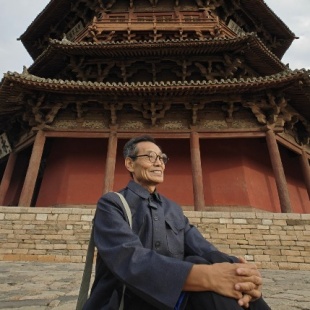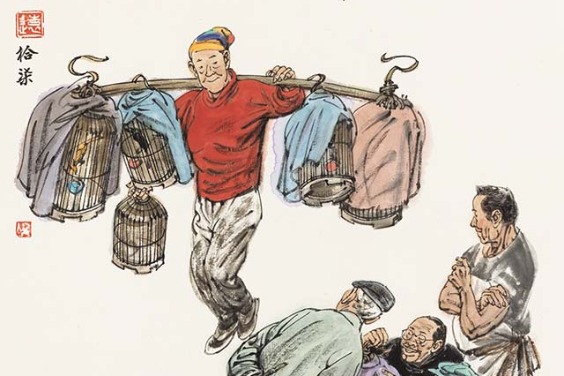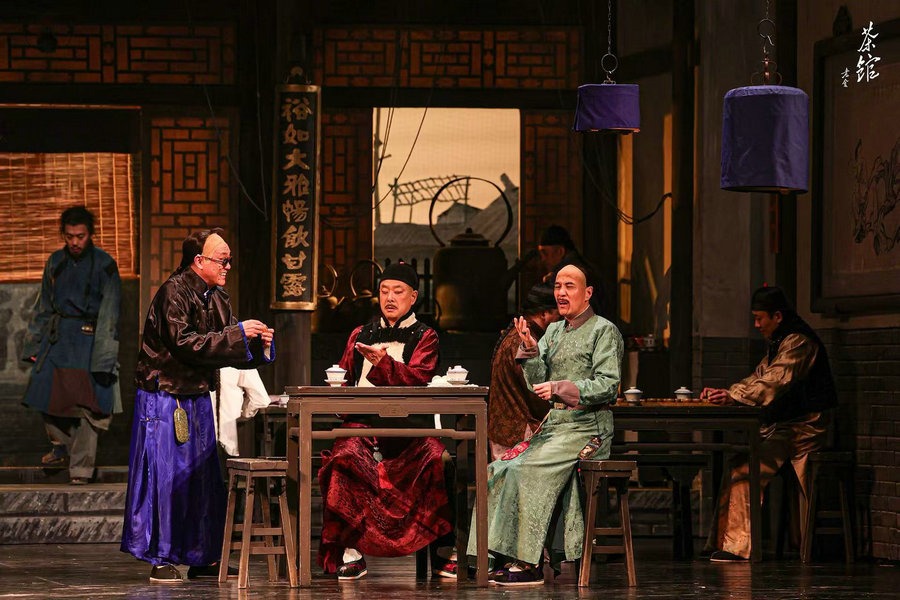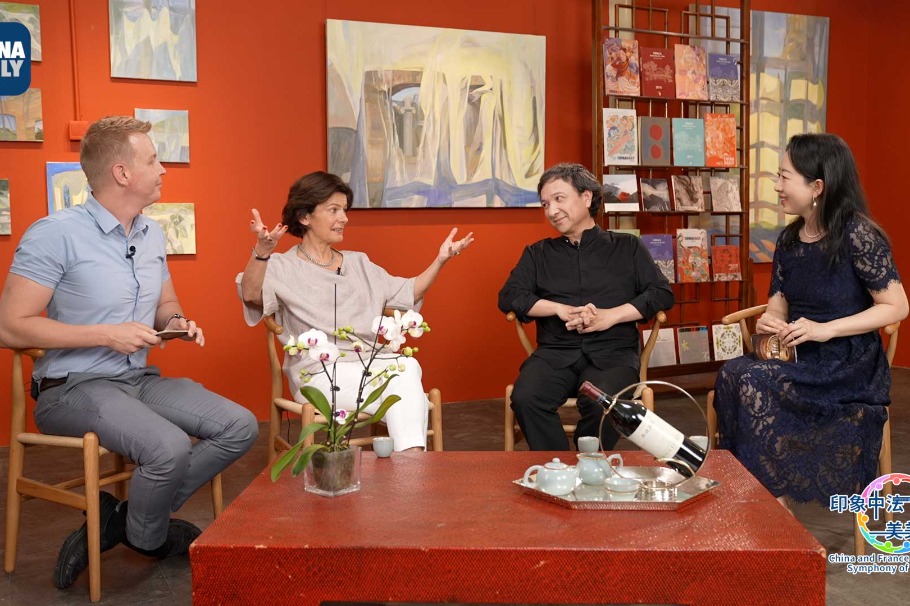Interlocking past with present
Determined to keep traditions alive, heritage-based architect finds new medium of expression, and a growing audience, after retiring, Yang Feiyue reports.

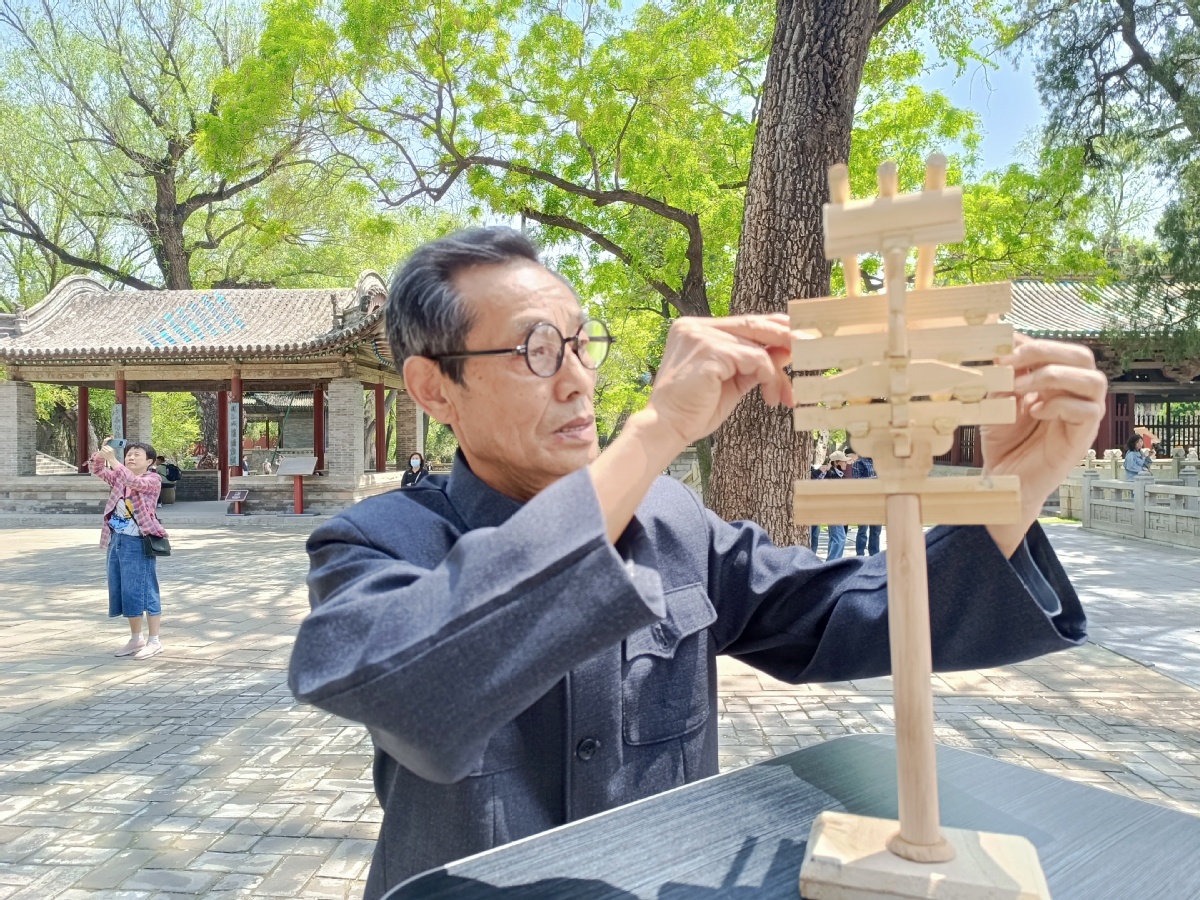
"A complete dismantling would be disastrous," he warns, adding that such an approach carries four major dangers, ranging from the loss of historical information and structural safety, to impairment of the pagoda's authenticity and spirit, and violation of legal principles.
"The wooden components contain a wealth of historical data — craftsmanship, signs of wear, marks of the era. Replacing any of these during dismantling means that irreplaceable historical evidence is lost forever," Wang says.
"Plus, it is a masterpiece of traditional mortise-and-tenon architecture. Dismantling it requires exceptional skill. A single mistake during reassembly could lead to irreversible structural damage," he adds.
Additionally, China's newly revised cultural relics protection law demands minimal intervention and prohibits altering a heritage site's original state, he says.
Years of experience have led Wang to come up with a careful alternative: the traditional correction and restoration approach, which can help correct the pagoda's tilt without taking it apart.
"This plan avoids disassembly, preserves the structure's original state, and addresses the root safety concerns," he says, adding that it could significantly cut costs, and shorten repair time while retaining the greatest amount of historical authenticity.
- US-China Music Institute celebrates 7th annual conference with music and discussion
- Village keeps cultural heritage flourishing
- London-based Chinese artist seeks economic, cultural values through art creations
- Global museum professionals charmed by Liangzhu Culture
- A global touch on Dunhuang's timeless art


